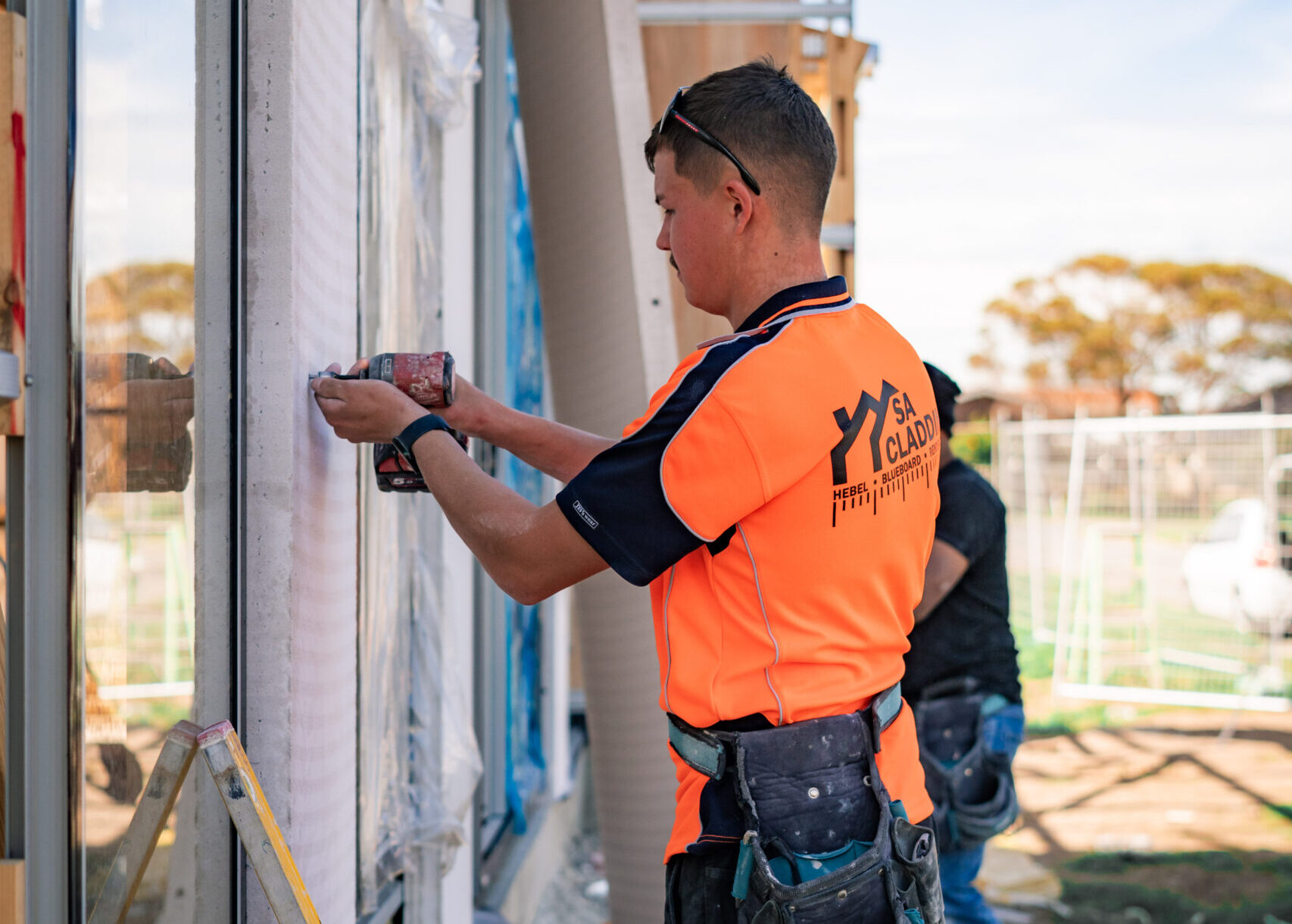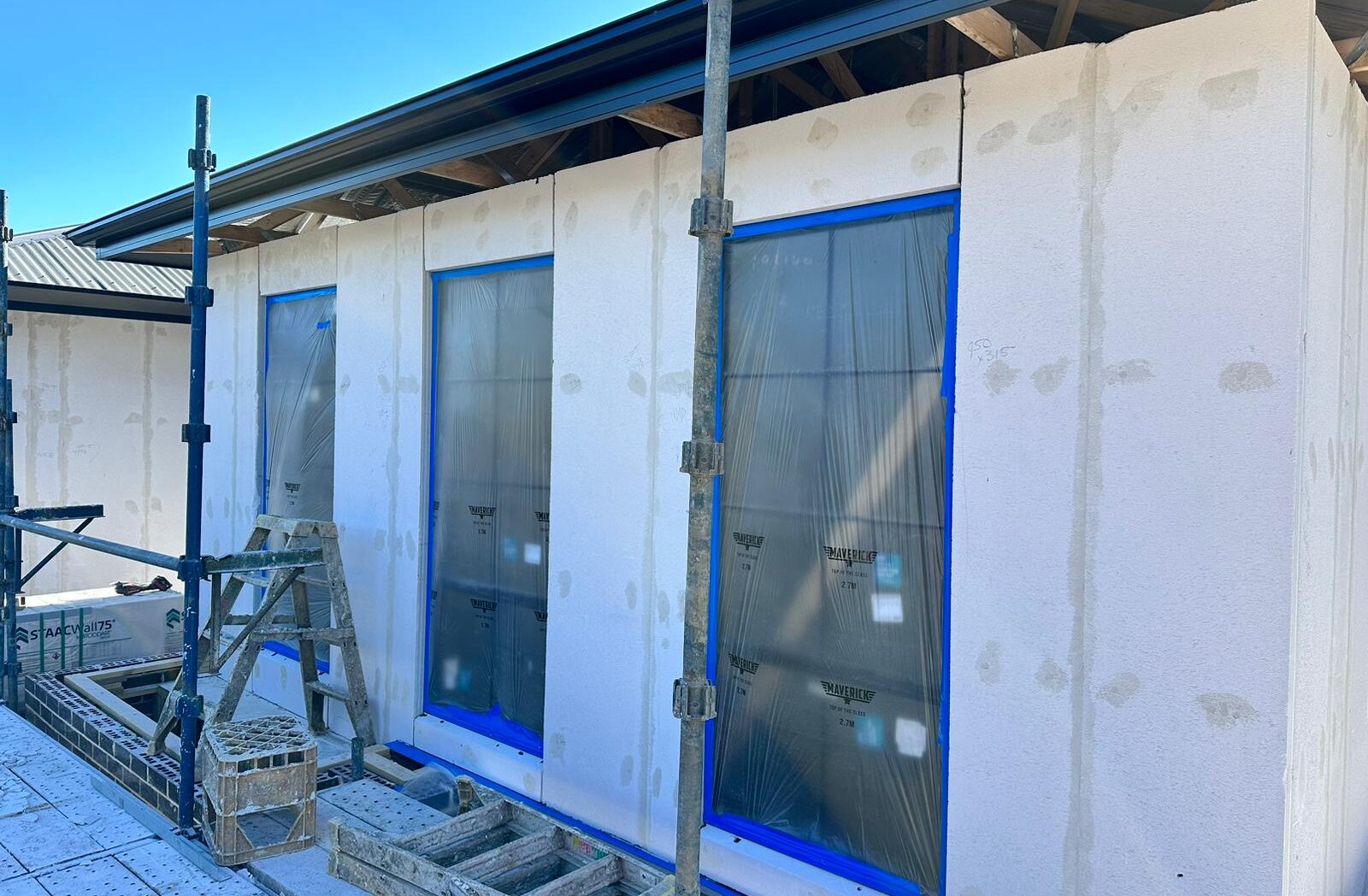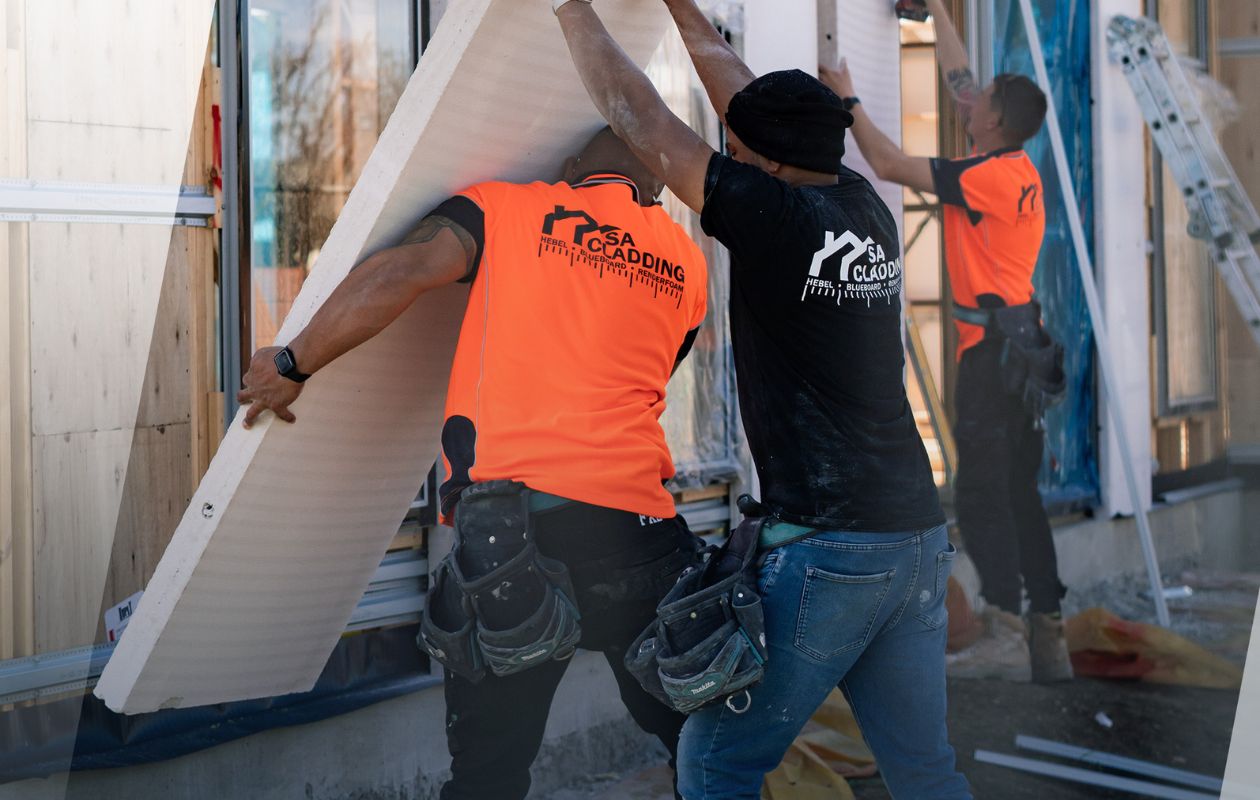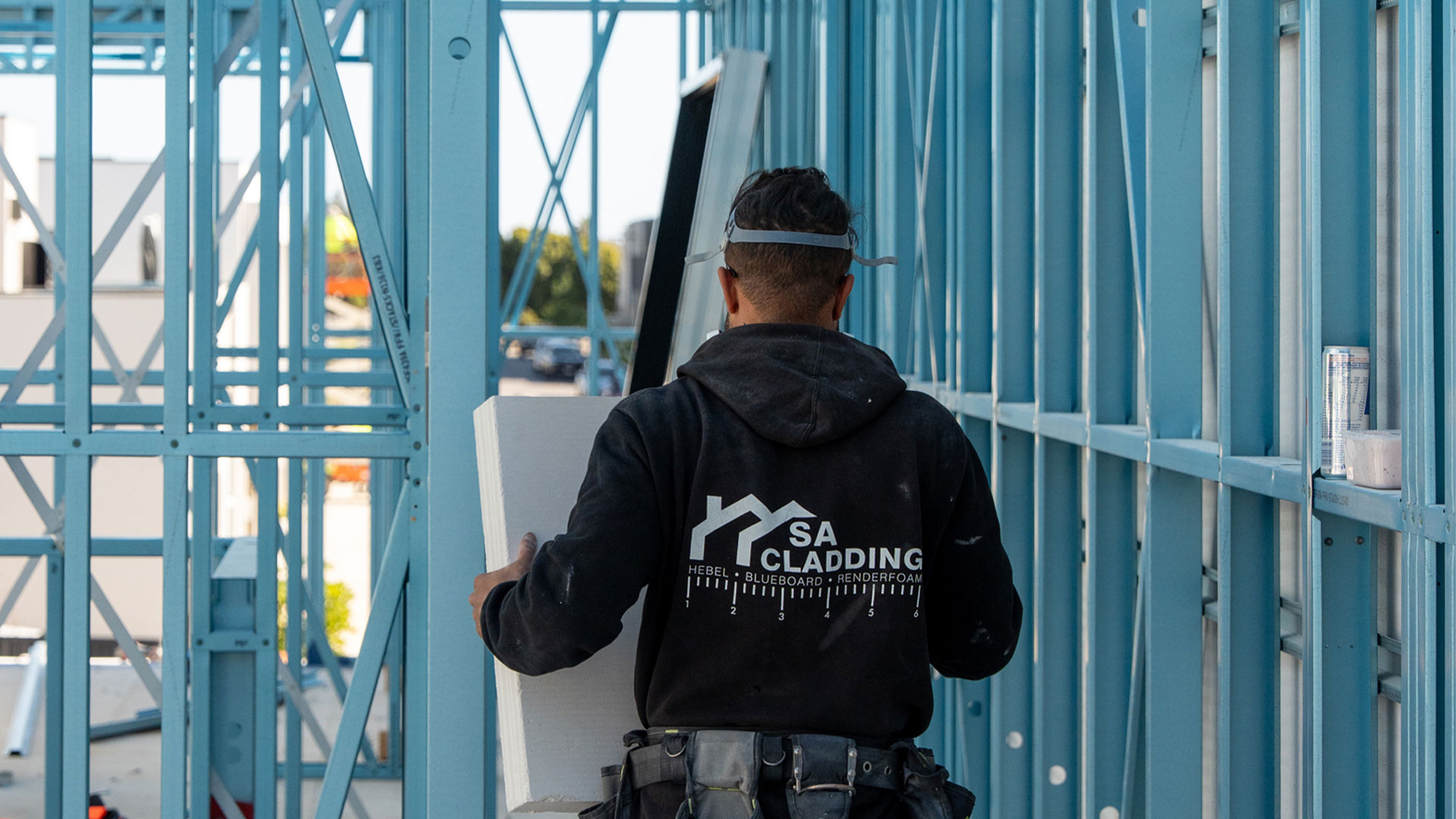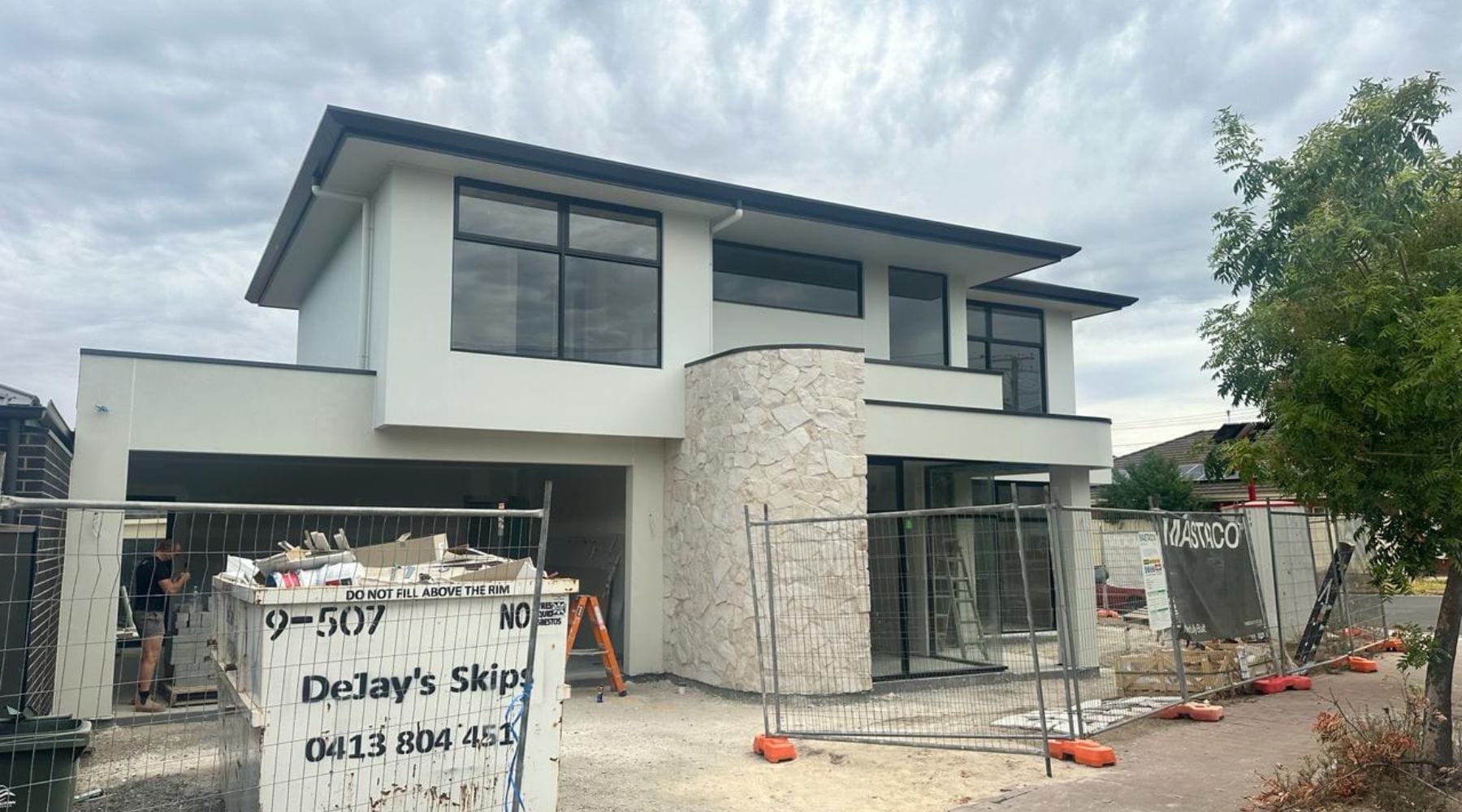Hebel is a construction material that is made from a combination of Portland cement, lime, and sand. It has been used in construction projects all over the world for many years and continues to grow in popularity. Hebel is a versatile material that can be used in a variety of ways, and it offers some unique benefits compared to other materials.
In this blog post, we will discuss what Hebel is, how it is made, and where it can be used. We will also look at some of the unique properties that make it so popular among builders and homeowners. Finally, we will take a closer look at the cost of using Hebel in construction projects and offer tips on keeping costs down.
What is Hebel and what are its key features?
Hebel is a combination of Portland cement, lime, and sand that has been used in construction for many years. It provides excellent insulation capabilities, fire resistance, and acoustic performance, and is strong enough to withstand the elements. It can also be finished with a variety of finishes to give it a unique look.
Hebel is a lightweight material that is easy to work with, allowing for quick and efficient construction. It is more durable than many other materials and has excellent weather resistance, UV stability, and fire protection.
It also has good acoustic performance, meaning it doesn’t transmit noise as much as other building materials. Furthermore, it provides superior insulation, making it ideal for energy-efficient construction.
How is Hebel Made?
Hebel is made by combining Portland cement, lime, and sand in specific ratios. The mixture is then compressed under high pressure to form blocks or panels. The blocks are then dried in a kiln, and the finished product is strong, durable, and long-lasting.
The Manufacturing Process Of Hebel
The manufacturing process begins with the mixing of Portland cement, lime, and sand in specific ratios. This mixture is then placed into molds where it is compressed with high pressure to form blocks or panels.
The blocks are then dried in a kiln at very high temperatures to remove any moisture and give the material its strength and durability. Once these steps have been completed, the Hebel is cut into the desired sizes for use in construction projects. The finished product is lightweight, strong, and long-lasting.
Where it is Used?
Hebel is commonly used for residential and commercial projects, such as homes, offices, schools, hospitals, and more. It can also be used in retaining walls or fences, due to its strength and durability. In addition, it can be used for landscaping projects, such as walkways, patios, and retaining walls.
Other Areas Where It Can Be Used
Hebel can also be used in a variety of other applications, such as swimming pools, exterior cladding or walling, soundproofing for home theaters, outdoor fire pits and fireplaces, driveways and parking lots, and much more. Hebel is a versatile material that can be used in almost any construction project where strength, durability, and insulation are important factors.
Some of the unique properties of Hebel that make it a popular choice for construction projects include its lightweight, excellent thermal and acoustic performance, fire resistance, and strength. It is also easy to install and available in various finishes which can be used to complement the overall look of the building.
How can Hebel be used in construction projects?
Hebel is ideal for a range of applications from foundations and walls to floors and ceilings. It is also often used for suspended concrete slabs, lintels, precast stairs, and more.
What are some of the benefits of using Hebel over other materials?
In addition to its excellent thermal, acoustic, and fire performance, Hebel is also a cost-effective solution as it requires less labor to install than traditional construction materials. It is also lightweight and easy to handle which reduces the risk of injuries on-site.
How does it compare to traditional building methods?
Hebel can provide better insulation and fire resistance than traditional methods, while also being quicker and easier to install. It is also lightweight which can reduce the overall cost of construction.
Can you give some examples of projects where it has been used successfully?
Hebel has been used in a range of projects, from residential homes to commercial buildings and even large-scale infrastructure projects. It has been used to construct walls, floors, ceilings, and more.
In conclusion
Hebel is an excellent material to use in construction projects due to its lightweight, acoustic, and fire-resistant properties. It is also relatively inexpensive and easy to install which makes it a popular choice for many projects.
Additionally, there are several ways to reduce the cost of using Hebel such as taking advantage of discounts from suppliers, using off-cuts in non-visible areas and carefully planning the construction process.
Get in touch!
For those intrigued by the robust and eco-friendly qualities of Hebel for their construction projects, SA Cladding is ready to assist. With expertise in delivering top-tier cladding solutions, we invite you to contact us to explore how Hebel can enhance your building’s performance and aesthetics. Reach out today and take the first step towards a sustainable and stylish future for your property.
